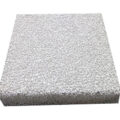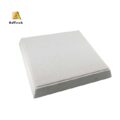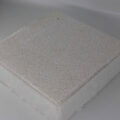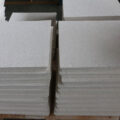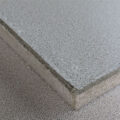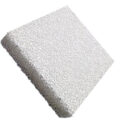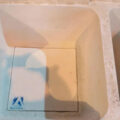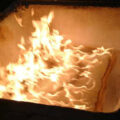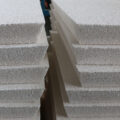For the processing of molten metal, it is necessary to remove foreign intermetallic inclusions, such as impurities from raw materials, slag, scum and oxide formed on the surface of the melt, and small refractory materials used to form alloys. A chamber or container in which a molten metal melt is formed. Removal of these inclusions will form a uniform melt, thereby ensuring the high quality of the product, especially in the casting of steel, iron and aluminum. Currently, ceramic filter devices for molten metal filtration are widely used because of their ability to withstand extreme thermal shocks due to their resistance to chemical corrosion and their resistance to mechanical stress.
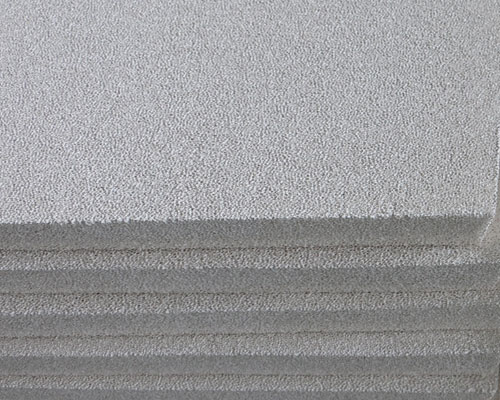
The production of ceramic filters usually involves mixing ceramic powder with a suitable organic binder and water to prepare a paste or slurry. The slurry is used to impregnate polyurethane foam, which is then dried and fired in the temperature range of 1000 to 1700°C. Through this treatment, combustible materials are burned off during the sintering process to produce a porous body.
Moreover, an open-cell filter device is known, which replaces the random distribution of irregularly distributed interconnecting channels, but consists of a series of parallel channels that pass through the material, usually by mixing wet ceramic powder and The organic binder is hydraulically pressed into a mold containing a vertical direction. Pins. A perforated structure is thus obtained, which can be in the form of a disc or a block. The perforated product is then fired at a temperature in the range of 1000 to 1700°C according to the final application to produce a perforated disc. During the firing process, ceramic and/or glass-like bonds are formed.
A porous ceramic body used for metal filtration has smooth-walled pores formed by a pore former and pores with rounded edges that connect the pores to each other. During the production process, the porogen volatilizes and is removed from the ceramic.
Although they are widely used for metal filtration, the above-mentioned types of ceramic filter devices have some disadvantages that limit their applicability.
Although the ceramic filter equipment has been preheated, it is often blocked by frozen particles when it first comes into contact with molten metal. For this purpose, it is common to use superheated molten metal, that is, metal whose liquid temperature is at a temperature of about 100° C. for casting, to prevent clogging of the filter device. This approach is extremely wasteful in terms of energy and cost, and any improvement to lower the processing temperature of molten metal is very beneficial.
AdTech ceramic foam filter uses a three-dimensional network of foam and fiber combined with ceramic powder to improve mechanical strength and stiffness. Enhance the ability to withstand the pressure of molten metal, solve the problems in the process of transportation and use, thereby reducing the pollution of castings. Phosphate-bonded alumina filters have been used for aluminum filtration. The filter is obtained by impregnating the foam with a slurry containing ceramic particles (preferably Al 2 O 3) and an aluminum phosphate binder.

